How To Do The Crow Pose/Bakasana And What Are Its Benefits
Master balance and strength while enhancing focus with this powerful yoga arm position.

Image: SHutterstock
Sanskrit: बकासन/ काकासन; Bak – Crane, Kak – Crow, Asana – Posture; Pronounced As – bahk-AHS-anna/ caw-caw-AHS-anna
The crane is an Asian symbol for happiness and youthfulness. It also stands for longevity in Chinese symbolism. This asana is the culmination of all these three symbols, and practicing it will ensure all these three characteristics. It takes a leap of faith to get into this asana, but once you do, you are sure to feel light and joyful. This fun pose is sure to renew your attitude towards life.
This asana is also called the Kakasana. There is only a slight difference between the two. While the Bakasana resembles the stance of a crane, the Kakasana looks more like a perched crow. It is the same asana, with your arms slightly bent so that the knees come close to the triceps.
Everything You Need To Know About Bakasana/Kakasana
- What You Should Know Before You Do The Asana
- How To Do The Bakasana/Kakasana
- Precautions And Contraindications
- Beginner’s Tip
- Advanced Pose Variation
- The Benefits Of The Crane/ Crow Pose
- The Science Behind The Bakasana/ Kakasana
- Preparatory Poses
- Follow-Up Poses
What You Should Know Before You Do The Asana
You must make sure to keep your stomach and bowels empty before you practice this asana. Have your meals at least four to six hours before you do the asana so that your food gets digested, and there is enough energy for you to expend during the practice.
It is best to practice yoga first thing in the morning. But in the event you cannot work out in the morning, it is alright to practice it in the evening.
Level: Intermediate/Basic
Style: Hatha Yoga
Duration: 30 to 60 seconds
Repetition: None
Stretches: Upper back
Strengthens: Arms, Abdomen, Wrists
How To Do The Bakasana/Kakasana (Crow Pose)
- Begin this asana by coming into the Mountain Pose. Keep your feet close together, and place your hands firmly on the floor. You must ensure that your hands are shoulder width apart.
- Now lift your hips, and make sure that your core muscles are engaged as your knees come closer to your upper triceps. If you are aiming to do the Kakasana, make a shelf with your upper arms as you bend your elbows.
- Look forward, and gently lift your feet off the floor. Shift your body weight on the arms. Hold this pose for a few seconds. Straighten your arms to come into the Bakasana.
- Hold the pose for up to a minute. Then, lower your feet and assume the Uttanasana.
Precautions And Contraindications
It is best to avoid this asana if you have the following conditions:
a. Carpal tunnel syndrome
b. Pregnancy
c. A current or chronic wrist pain
Beginner’s Tips
As beginners, you will tend to move your buttocks high and away from your heels. But you must keep your heels and buttocks close together while in this asana. When you are ready to push your feet off the floor, press the upper part of your arms against the shins, and pull your groin into the pelvis so that you can lift easily.
Advanced Pose Alterations
The advanced pose of this asana duo is the Bakasana, which entails straightening your arms while you are in the asana. It is the full pose. But it is possible to hurt your wrists while in this asana. So to take off some pressure, you could curl your fingers on the floor instead of spreading your fingers.
The Benefits Of The Crane/ Crow Pose
These are some amazing benefits of Bakasana/Kakasana.
- It makes the wrists and the arms stronger
- The spine is toned and strengthened.
- The upper back gets a good stretch.
- This asana improves your sense of balance and focus.
- Your mind and body are prepared for challenges.
- The abdominal region is toned and strengthened. Therefore, this asana aids digestion.
- Your inner thighs become strong.
- Your groin area is opened up.
- With regular practice, you feel strong and confident.
The Science Behind The Bakasana/ Kakasana (Crow Pose)
This asana requires your arms to be strong enough to lift your whole body high. But the first thing you need to do is to overcome the fear of falling flat on your face in this dynamic pose. You need to take a deep breath, let go of your apprehensions, and take that leap of faith.
You will also need to have a strong foundation. Your strong core muscles build this foundation. This will help you lift and maneuver your knees, and help you bring them closer to your upper arms. It will also help you remain light throughout, taking off the burden of the weight on the wrists alone.
Then, of course, you will need strong shoulders and arms to support the weight of your body. You also need flexible hips.
Being physically and mentally prepared to do this asana is extremely essential.
Preparatory Poses
Adho Mukha SvanasanaBaddha KonasanaBalasana
Plank Pose
Virasana
Follow-Up Poses
Adho Mukha SvanasanaChaturanga Dandasana
Plank Pose
Now that you know how to do crow pose, what are you waiting for? While they are both advanced poses, the Bakasana is extremely challenging, and almost no one gets it right the first time. Even if you stumble, always remember that you are on the path to goodness. Practice makes you perfect – always remember this!
Read full bio of Shirin Mehdi



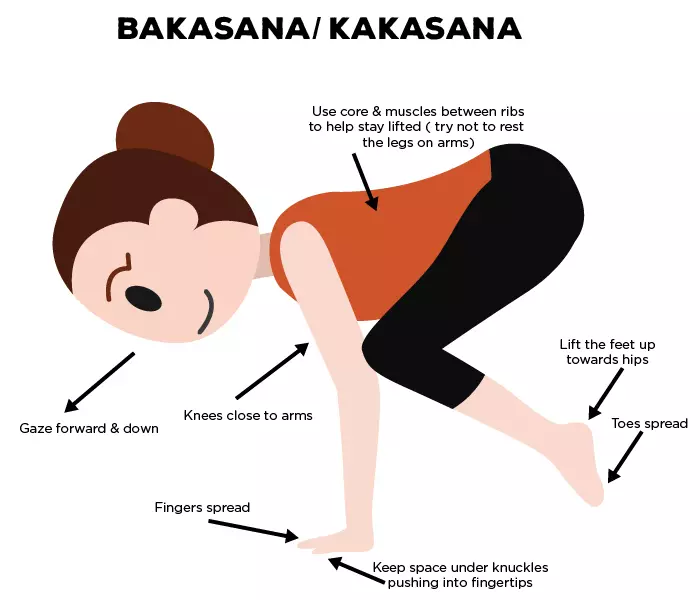




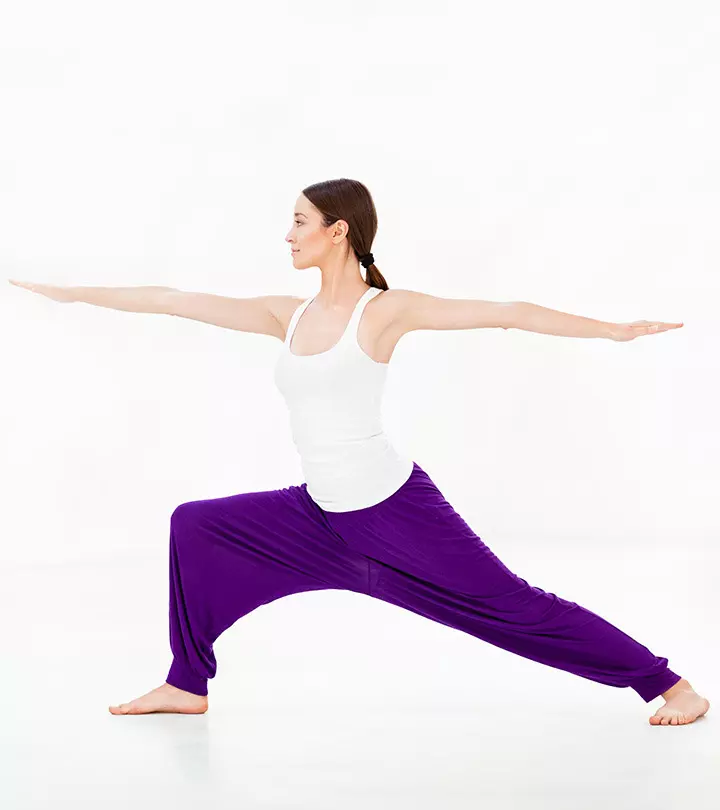
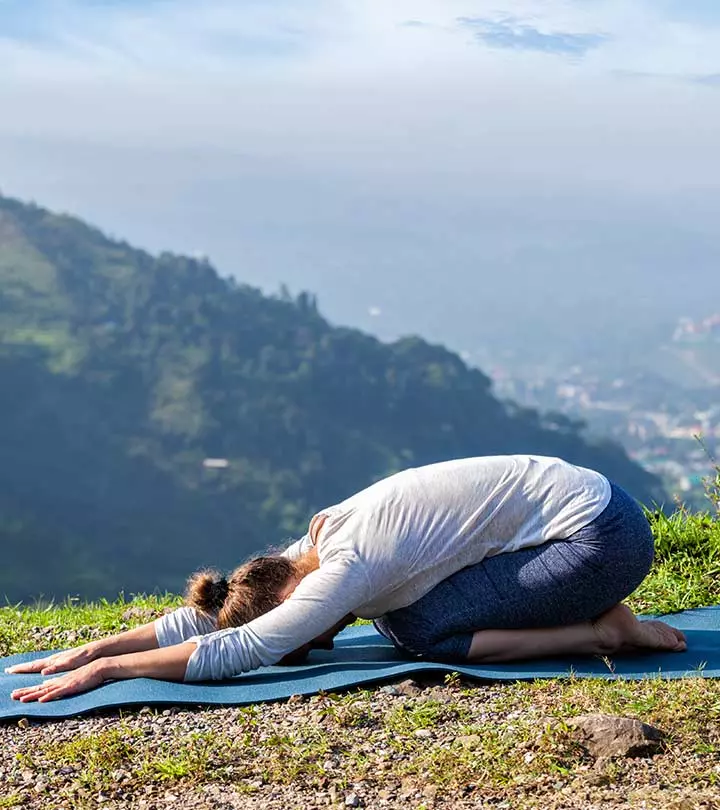
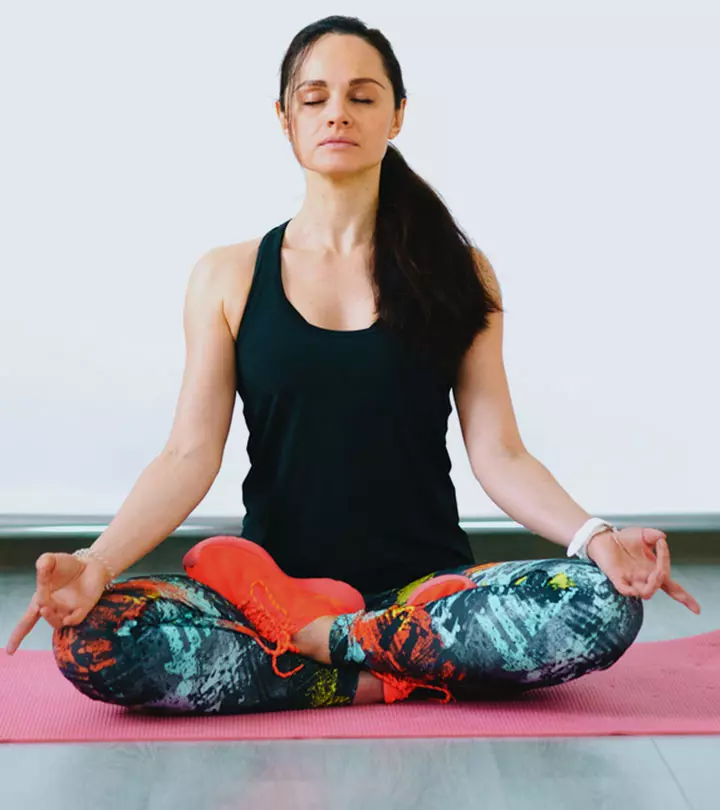
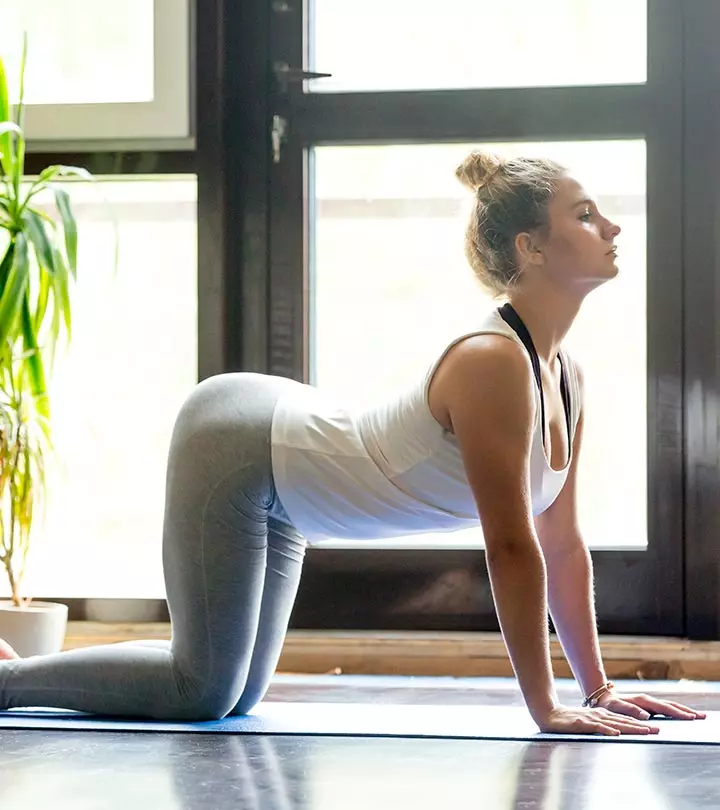
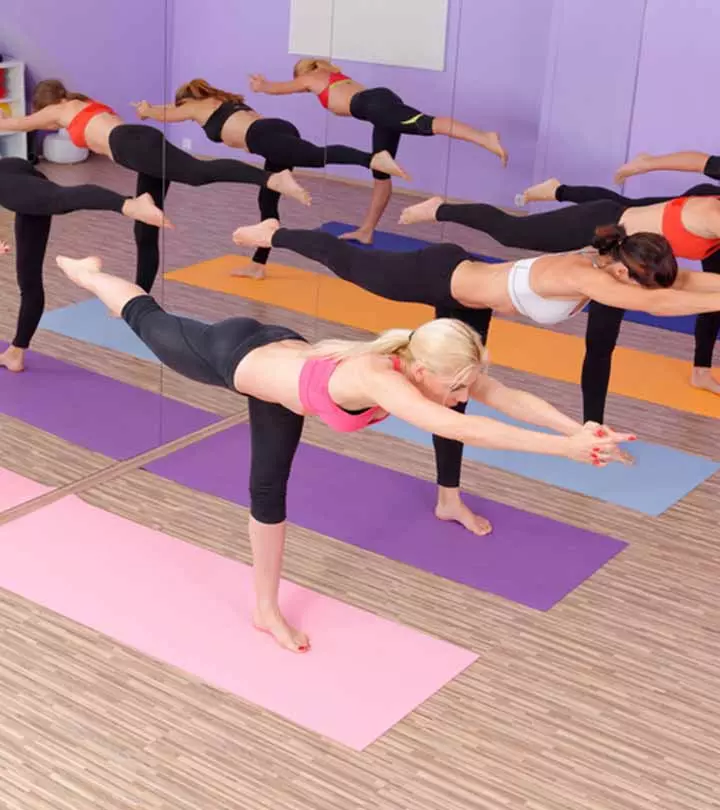
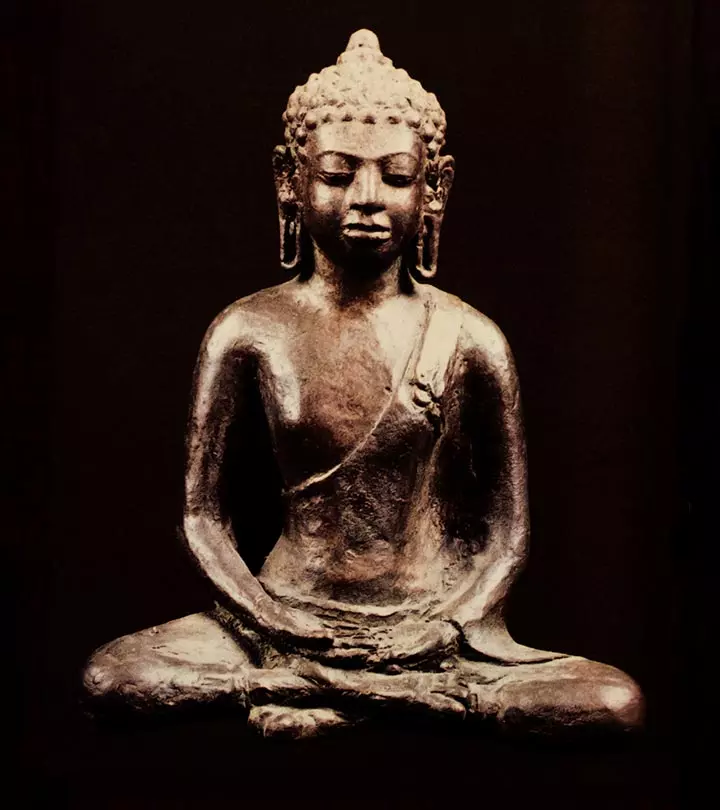
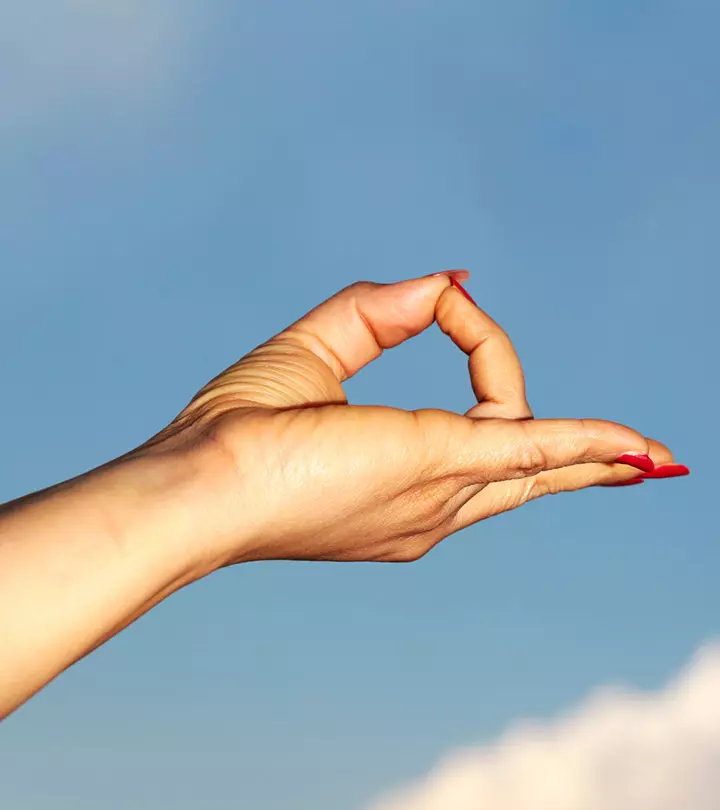
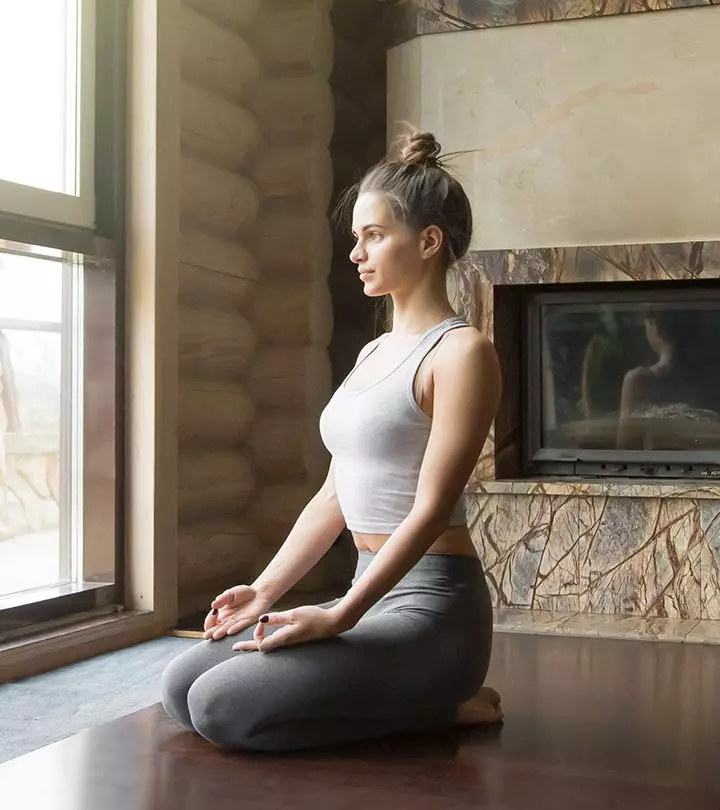



Community Experiences
Join the conversation and become a part of our empowering community! Share your stories, experiences, and insights to connect with other beauty, lifestyle, and health enthusiasts.